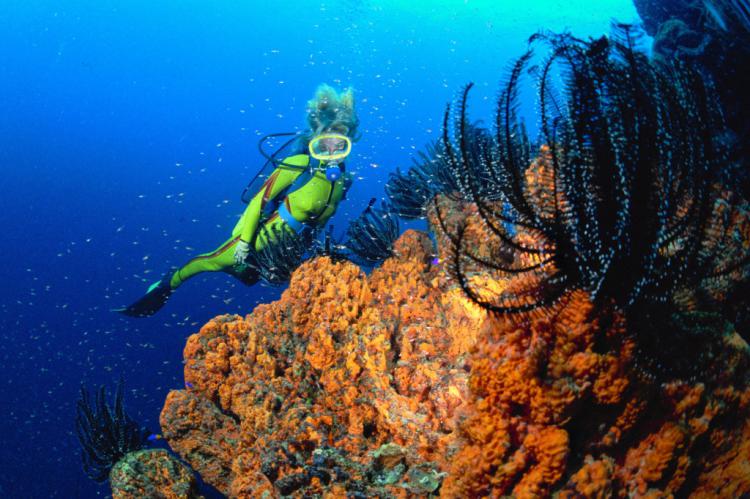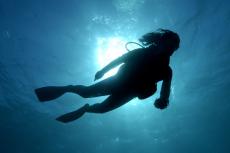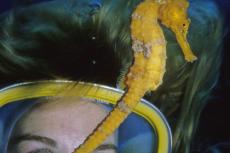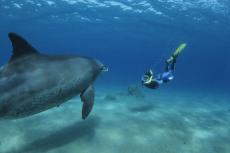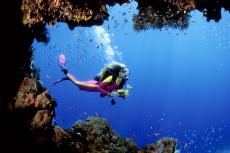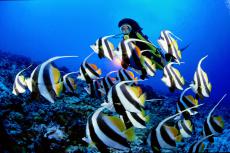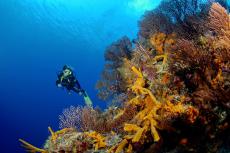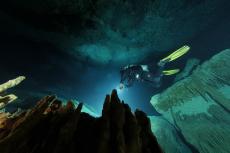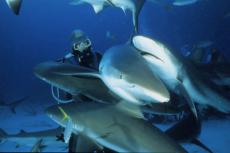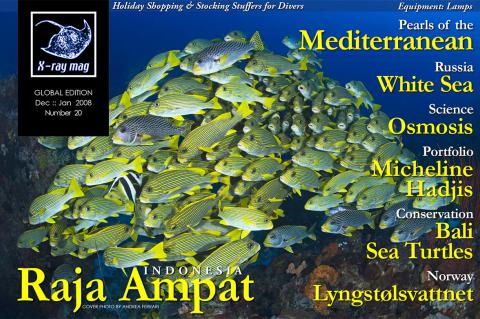Working with Models
Incredible as it may sound, one of the most difficult creatures to shoot under water is a human being. That is, if your goal is to integrate a diver in the underwater environment as a natural, harmonious element. Let’s look at some of the more important factors in achieving a great diver portrait.
Tags & Taxonomy
Photographing models
The description “model” applies to anyone human in front of a camera young or old, male or female, petite or large. In a underwater environment, for which we’re less than adequately adapted, we are at an instant disadvantage compared to the grace and splendour of its natural inhabitants, but looks aren’t always everything.
So, we are big, blubbering bulks of neoprene and steel, ungracefully suspended in a medium we weren’t made for. That doesn’t mean we couldn’t be pictured in an attractive way. Remember: Photography is a more objective form of complete deception.
Being fit and in control of your movements and buoyancy is a good start, and serious divers usually are. However, one aspect often gets overlooked: our model’s equipment. Long and narrow fins enhance the outline of the body and make your model look more dynamic as well as slimmer. Single bladder BCs or wings don’t add bulk and make the diver look even less stocky.
To enhance your model’s visibility and colour definition, avoid dark colours, especially for the suit. “Professional black” only has its place behind the camera, unless you actually intend to depict your buddy Fred as a resident black hole in a galaxy of colour. Whether the model has to be dressed colourful as a butterfly or go with colour coordinated pastel shades is a choice left to the photographer’s taste and intent—as long as it’s not dark. The colours yellow, grey, pink and neon green are best suited because of their high contrast to the surrounding water.
Special attention should also be paid to equipping your model for the dive.
Let’s keep everything tight and neat. Old types of BCs like the “horse collar” aka “the rubber toilet seat” variety should be avoided because of their loose webbing and lots of stuff that dangles. Tuck things away neatly but keep safety and functionality under emergency conditions in mind.
Posing
Much as it may sound like what supermodels do for a living, posing is the best way to describe what all kinds of models do in front of all kinds of photographic gear. An absolute prerequisite for success in the field of underwater modelling is communication between photographer and subject. That is before the dive, not 25m down. Efficient work is possible only if everyone involved (this can include several models and camera assistants) are perfectly clear about absolutely all the conditions of the shoot. Once under water, any attempts at art direction and communication of complex instructions are likely to be a complete waste of time, air and nerves. The likely result is chaos.
Good briefings, especially during the early days of collaboration with a new model, facilitate experience and understanding and ultimately lead to perfect team work. If your model knows your intentions and gesticulations, delays will be at a minimum. A school of fish can easily get centered between model and photographer, or your partner may assume a perfect position at the right distance to camera, or other elements of the shoot can occur, which need signaling.
Mastering buoyancy to perfection and swimming effortlessly against a slight current, the model should be able to remain in position as long as the photographer ...
Download the full article ⬇︎
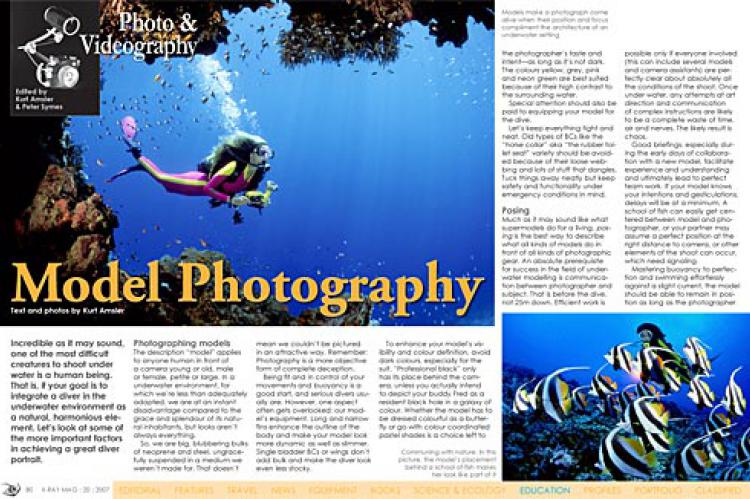
Originally published
X-Ray Mag #20
Raja Ampat revisited. White Sea in the Russian North. Dive lamps - how to choose. Osmosis explained. How to save a rebreather diver. Reports and news from DEMA and Antibes festival. Photographing models. Shopping for the holidays. Lyngstølsvattnet.


